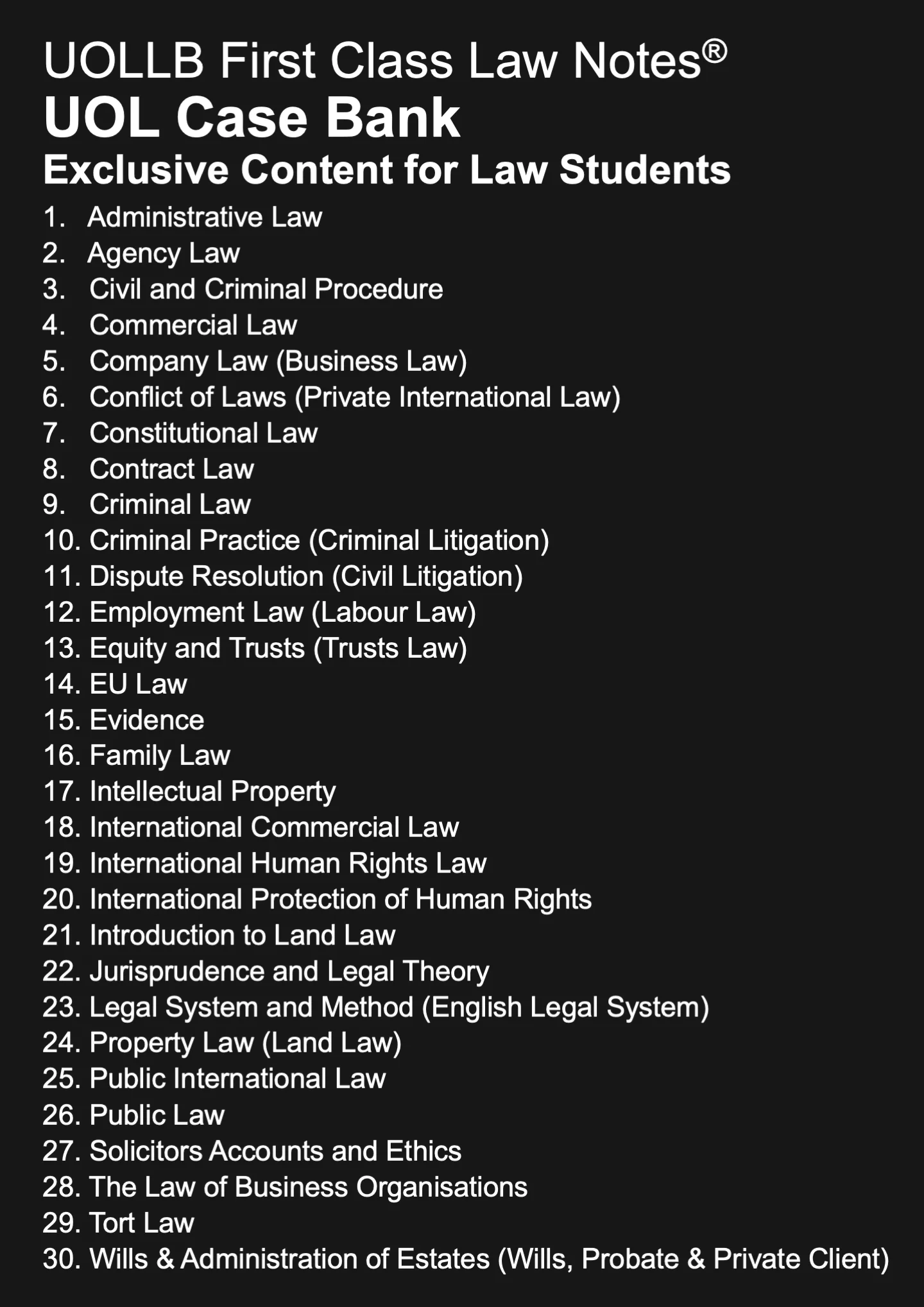W v Essex County Council [2001]
Share
W v Essex County Council [2001] 2 AC 592 is a legal case that explored the concept of primary and secondary victims in the context of psychiatric injury resulting from negligence. The case involved involuntary participants placed in a situation by the defendant's negligence, leading them to unwittingly contribute to an accident and suffer psychiatric injury, in this instance, from feelings of guilt.
The factual background of the case centred on the claimants agreeing to take in a 15-year-old foster child with a history of sexual abuse. The decision was based on a misrepresentation by a social worker working under Essex County Council that the child was not a sex abuser. Subsequently, the foster child abused claimants' young children, causing the claimants to suffer psychiatric injury.
Initially, the trial judge struck out the claimants' claim, arguing that their psychiatric injury was too remote. However, the claimants appealed, and the House of Lords allowed the appeal, stating that the claim should not have been struck out.
Lord Slynn of Hadley, delivering the judgment, emphasised the flexibility and development of the law in this area, even with the limitations established in the precedent case Alcock. He noted that the categories of primary and secondary victims were not closed, indicating that the law could evolve incrementally.
Lord Slynn considered the possibility of the claimants making a claim as primary victims, even though there was no physical danger to them. He argued that the defendant's negligence, leading the claimants to unwittingly contribute to their children's abuse, could create sufficient proximity for a claim.
Additionally, Lord Slynn explored the possibility of the claimants making a claim as secondary victims. He acknowledged that the concept of the immediate aftermath of the incident needed to be assessed in the specific factual situation. Despite a 4-week gap between the children's abuse and the claimants finding out, he suggested that there could still be sufficient spatial and temporal proximity for a claim to be made out.
In summary, W v Essex County Council illustrates the court's willingness to adapt and develop legal principles surrounding psychiatric injury claims, particularly in cases where individuals are involuntary participants due to the defendant's negligence. The judgment emphasises the potential for claims as both primary and secondary victims, even in situations where traditional categories might not neatly apply.
The factual background of the case centred on the claimants agreeing to take in a 15-year-old foster child with a history of sexual abuse. The decision was based on a misrepresentation by a social worker working under Essex County Council that the child was not a sex abuser. Subsequently, the foster child abused claimants' young children, causing the claimants to suffer psychiatric injury.
Initially, the trial judge struck out the claimants' claim, arguing that their psychiatric injury was too remote. However, the claimants appealed, and the House of Lords allowed the appeal, stating that the claim should not have been struck out.
Lord Slynn of Hadley, delivering the judgment, emphasised the flexibility and development of the law in this area, even with the limitations established in the precedent case Alcock. He noted that the categories of primary and secondary victims were not closed, indicating that the law could evolve incrementally.
Lord Slynn considered the possibility of the claimants making a claim as primary victims, even though there was no physical danger to them. He argued that the defendant's negligence, leading the claimants to unwittingly contribute to their children's abuse, could create sufficient proximity for a claim.
Additionally, Lord Slynn explored the possibility of the claimants making a claim as secondary victims. He acknowledged that the concept of the immediate aftermath of the incident needed to be assessed in the specific factual situation. Despite a 4-week gap between the children's abuse and the claimants finding out, he suggested that there could still be sufficient spatial and temporal proximity for a claim to be made out.
In summary, W v Essex County Council illustrates the court's willingness to adapt and develop legal principles surrounding psychiatric injury claims, particularly in cases where individuals are involuntary participants due to the defendant's negligence. The judgment emphasises the potential for claims as both primary and secondary victims, even in situations where traditional categories might not neatly apply.























































